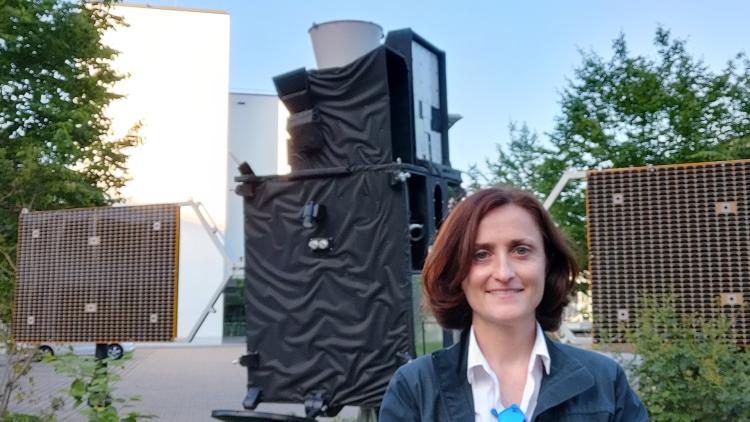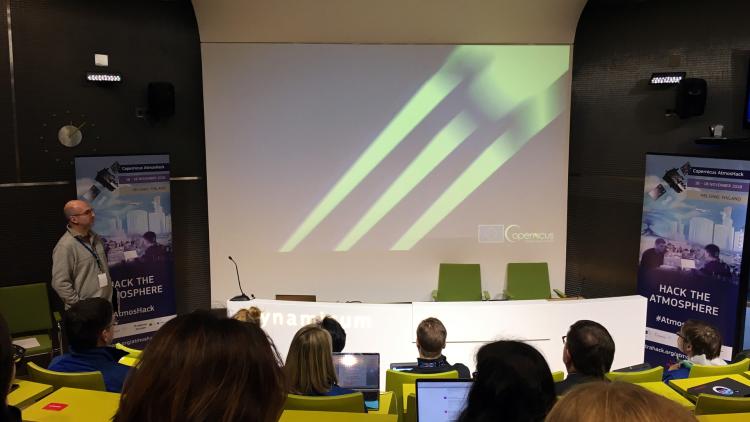Letting imagination flow
Meet Jochen Grandell, one of many behind the Meteosat Third Generation mission
As we gear up for the end-of-the-year launch of the first of the Meteosat Third Generation satellites, we’re shining a spotlight on the experts who are making this mission happen.
Instead, his interest in space led him to study space and radio engineering before he found a place at EUMETSAT twenty years ago in the MTG programme, back when the nascent initiative was still unnamed. His initial work was to support Rolf Stuhlmann, the Programme Scientist at the time, with the very first part of the programme, the user consultation phase.
This phase, begun in 2001, involved collecting feedback from people who use meteorological data in EUMETSAT’s member states about their needs. Those from mountainous regions expressed an interest in more frequent, pinpointed data they could use to more accurately forecast weather in narrow valleys, while others wanted more information about the atmospheric conditions that led to the formation of dangerous thunderstorms.
Grandell was one of a number of EUMETSAT experts who coordinated with the European Space Agency to bring these desires to industry, who determined how to match them up with what was technologically possible at the time.
“That was a very exciting part of the programme because that was where you could really let your imagination flow and follow what all these genius engineers had come up with,” Grandell said. “Do you have all the instruments aboard a single satellite or two twin satellites, each carrying only half your instruments? Should we do a spinning satellite with one part not spinning? We had these kind of concepts in the beginning.”
After the current twin-satellite design and the final instrument payload were chosen, Grandell spent years as an MTG mission scientist developing one of MTG’s most ground-breaking instruments, the Lightning Imager. When the programme’s first satellite, MTG-I1, begins transmitting operational data in 2023, the Lightning Imager’s four cameras – covering more than three-quarters of the Earth disc visible from the satellite – will provide continuous, near-real-time data that can be used to detect, monitor, and track lightning.
This will mark the first time a geostationary satellite – a satellite that moves along with the rotating Earth, always remaining over the same location – will detect lightning across a broad area over Europe, Africa, and the surrounding waters.
Now, as the MTG Programme Scientist, Grandell ensures that the cooperation between the science and the programme division runs smoothly. Although on the rare occasion that it doesn’t, he relishes the creative problem solving this demands.
“The exciting part is when something is not working perfectly,” he said. “Then you get your feet on the ground, get the team together, and start doing something to act on the problem.”
Author:
Sarah Puschmann



